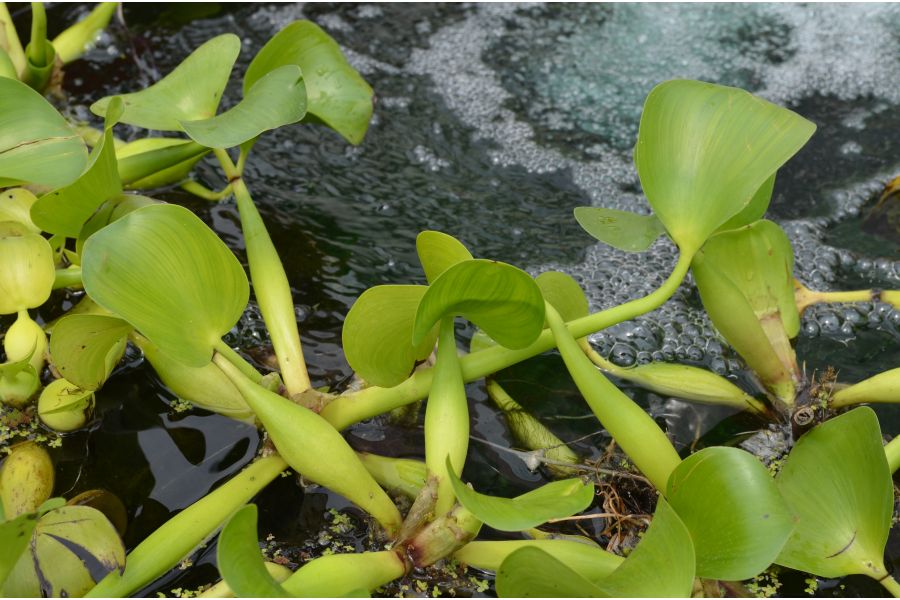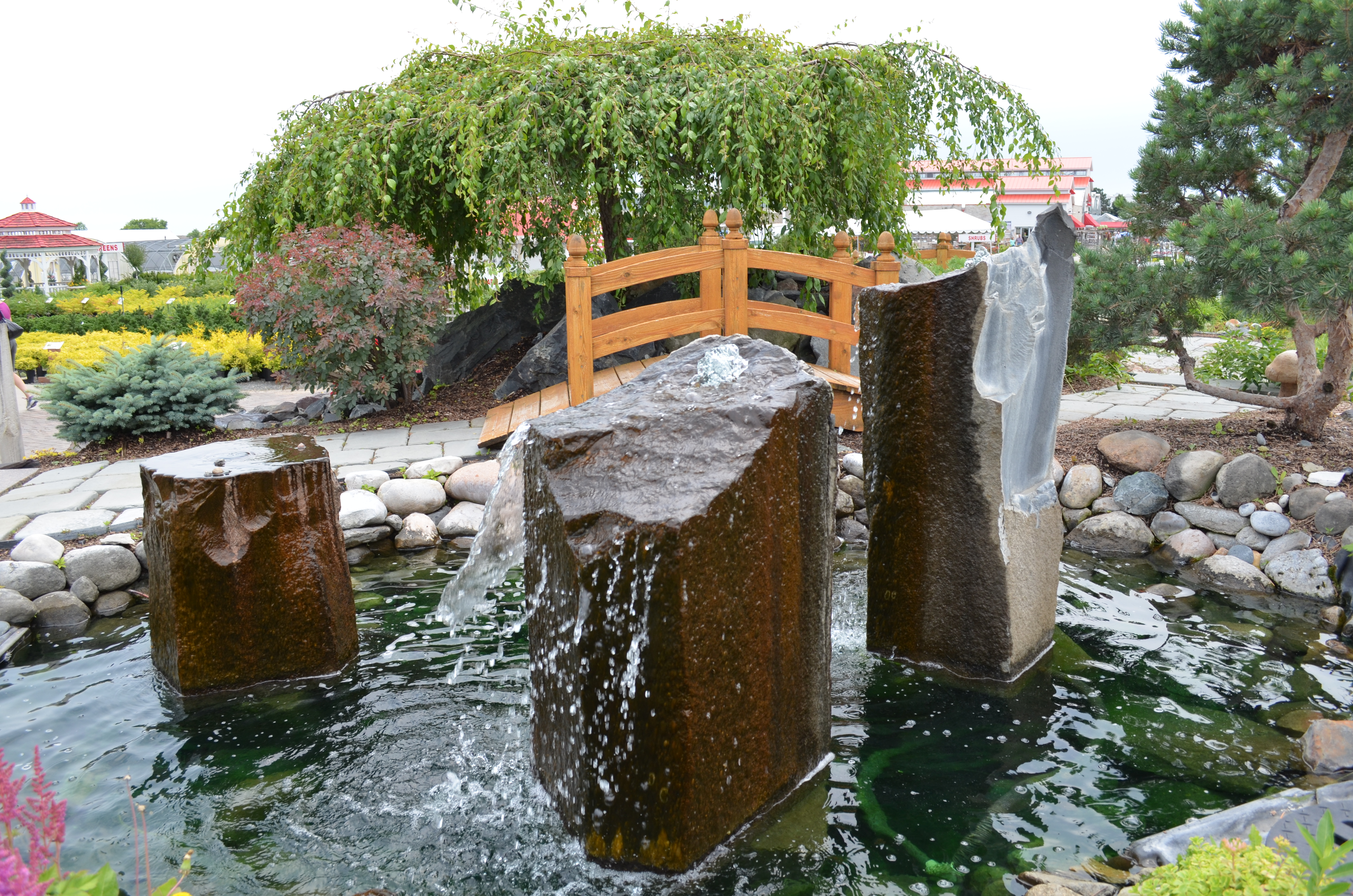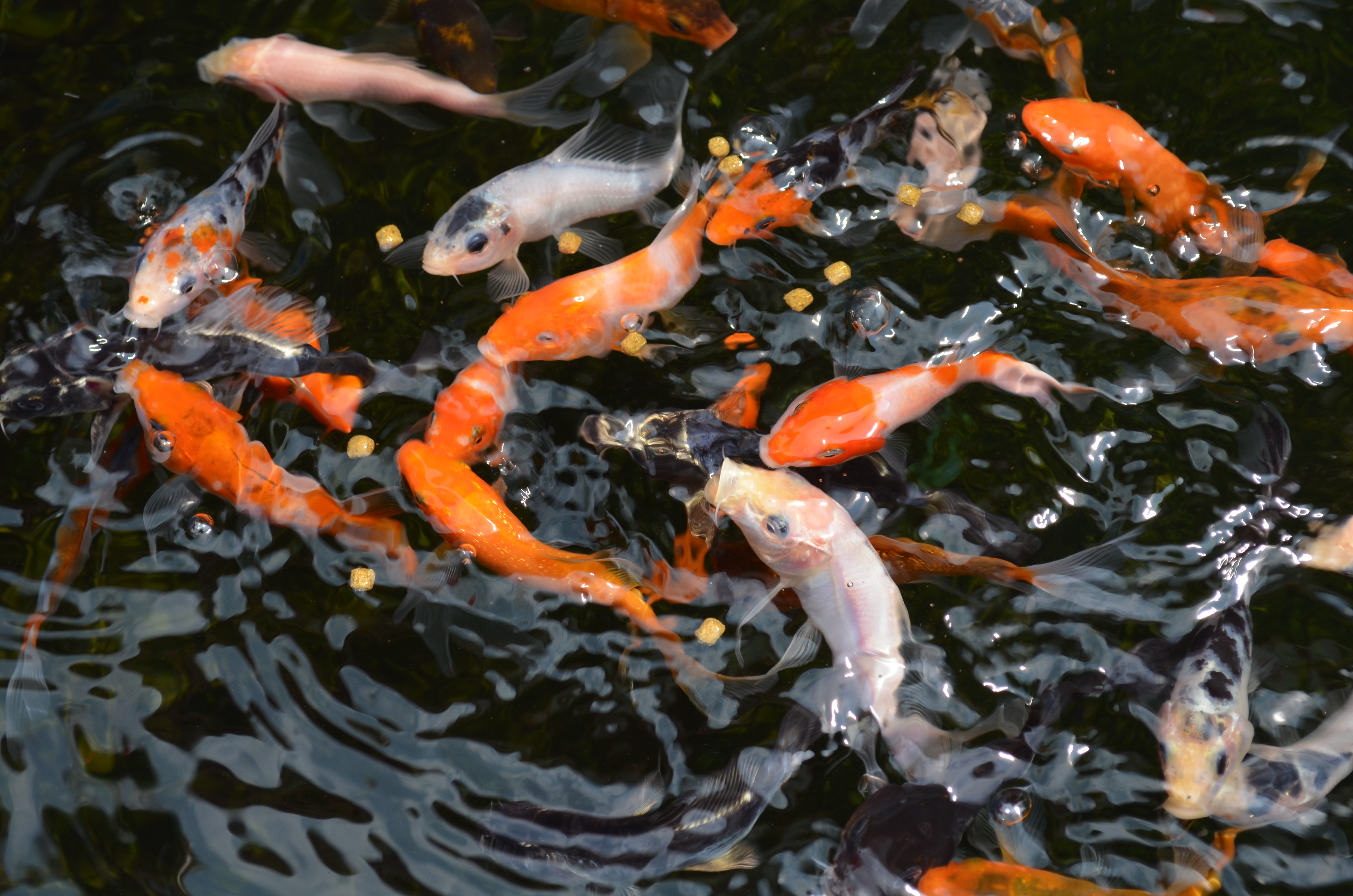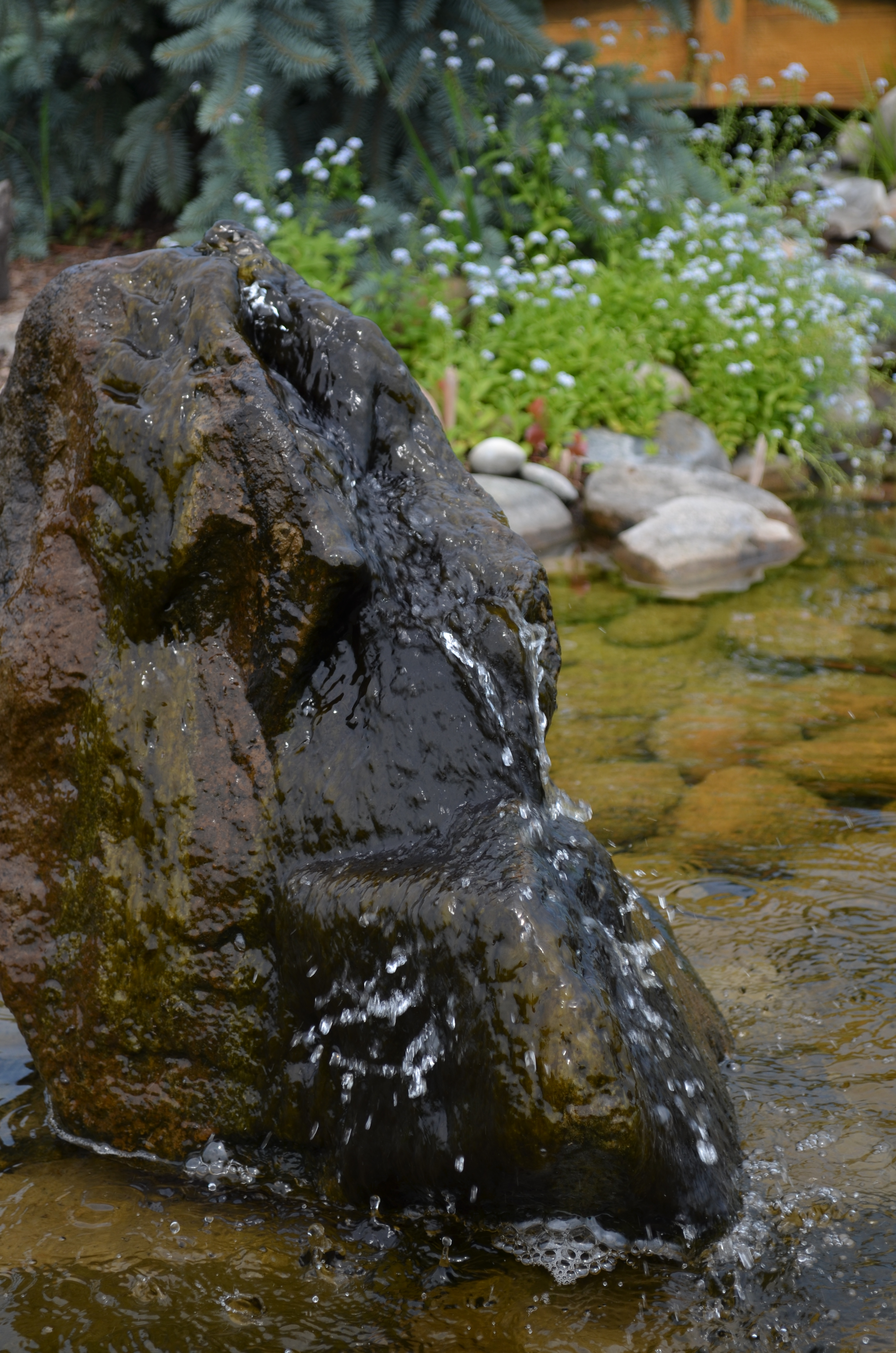Autumn leaves are lovely to look at, unless they’re resting in your pond. If leaves fall into your pond and decay, the ecological balance of your water garden will be disturbed. With a little work and proper care, you can prevent disruption and enjoy your pond year-round.
Quick checklist for autumn and winter care of your pond:
- Before the leaves begin to fall, cover your pond with leaf netting.
- Divide some of your aquatic plants if desired.
- Remove tropical plants from the pond – they will decay and pollute the water.
- After your hardy plants have stopped growing, cut back the foliage and lower the pot to the bottom of the pond.
- Stop feeding your fish after the water temperature has dropped to the mid to upper forties
Fall begins:
- Simple but tedious, skim leaves off the surface of the pond as they fall.
- You cannot solely rely on your skimmer; they are designed to get the occasional leaf or other floating debris. Heavy leaf fall can clog a skimmer several times a day.
- The most effective method is to cover the pond with wire or plastic netting.
Pond fish:
If you have fish in your pond, there are certain precautions you should take in order to ensure they make it through the seasons. Pay attention to the water temperature.
- As the water temperature drops, feed your fish less as their metabolism slows down.
- With a high protein diet over summer the fish build up a reserve of fat to help them through the winter.
- After the water temperature drops to the sixties decrease the amount of food given and feed only once a day.
- Provide food with a protein content of 25 to 32 percent.
- A wheat germ-based food is good at this time as it is easily digested.
- Buy foods that are formulated with a unique blend of amino acids and minerals to help supplement the dietary requirements of koi and goldfish in cool water.
- As the water temperatures continue to drop below 60 degrees feed only two or three times a week. It can take your fish two or three days to digest food at this temperature.
- Once the temperature drops below 50 degrees you should stop feeding altogether until spring when the water temperature remains above 50 degrees.
Organic decomposition:
As organics decompose in the pond they can produce toxic gases that could be trapped in the pond if it is covered by ice for more than a few days.
- Keep at least a small area free of ice so that these gases can escape.
- Do not break the ice as the shock waves created can damage or kill your fish.
- Use a floating pond de-icer. This device floats in the pond and has a built-in thermostat to turn the heating element on when the water temperature drops below 40 degrees.
- They can also be used to keep a small pond from freezing solid allowing you to keep your fish alive.
Winter sets in and predators arrive:
- With their slower metabolism and the absence of plants our fish are more susceptible to predation by raccoons, birds and other animals.
- The leaf netting should protect your fish as well.
- A Koi Kastle will help your fish be more comfortable by providing a place for them to hide.
- One of the most effective methods of keeping predators away from the pond at any time of the year is the ScareCrow. This device senses movement with a motion detector and sprays any intruder with a burst of water frightening them off.
Plant life:
Pond plants require special care during the change in seasons as well.
- When fall begins, the plants should not be fed anymore.
- As the foliage on your hardy plants begins to die back, remove any dead and dying leaves.
- Place the plant deep enough in the pond to keep the roots from freezing.
- While it is true that some marginal plants will survive even if their roots freeze solid it is best to lower all of your plants below the ice zone.
If your pond is too small or shallow to offer protection from freezing temperatures, there are still other options.
- Add a floating deicer to keep the pond above freezing.
- If your pond is smaller and does not contain any fish, you can place a cover over the pond (plywood or similar) and place bags of leaves or bales of straw on top to provide insulation.
- A tarp should also be placed over the straw to keep it dry to provide better insulation.
- A basement can provide protection if you remove the plants and store them either in their original containers or in peat moss.
- Some plants do not like being submerged in the pond through the winter.
Pond pump:
Depending on your climate and other factors you may or may not want to run your pump and filter system through the winter.
- The bacteria in your biological filter will not be active at low temperatures but it will remain alive as long as you keep it supplied with oxygen-laden water. When spring arrives and the water temperature raises, the bacteria can start to work immediately keeping the water quality high for your fish, as well as help control the algae.
- Should you choose to run your filter through the winter it is a good idea to minimize the water circulation in order to take advantage of the layering effect of the water.
- Water temperature is densest at 39 degrees and the water on the bottom of the pond will remain at this temperature even with freezing temperatures on the surface.
Some ways to minimize circulation:
- Turn off bottom drains if possible.
- Place intakes to pumps/filters at mid-water.
- Turn off surface skimmers (you do not want to circulate top or bottom water in the winter).
- Place your intakes closer to the outlets in the pond (waterfall or fountain).
- Turn the pump down.
These actions will allow the biological filters to stay alive without interfering with the layering of the water.
WARNING: Massive circulation of water in the winter can super chill the water by exposing warmer pond water to below freezing temperatures leading to the death of the fish. One problem with running a pump and filter in the winter is the potential of major damage to your filter and plumbing system if the power goes off for extended periods and you are not at home to make sure that no water is present in the filter and plumbing. If water freezes in the plumbing, UV's, or filters, this can lead to breakage requiring replacements.
Clean up and Pump Care:
There is always the option to turn off the pumps and filters for the winter. Cold water holds much more oxygen than warm water and the fish's respiration is slow therefore you should not need the circulation and aeration. The bacterium in your biological filter does not work in cold temperatures, so the only reason to run the filter is to keep the bacteria alive.
- If you turn off the pump and filter for the winter, be sure to drain all plumbing.
- External filters, UV's, and external pumps will also need to be drained.
- Submersible pumps should be left in the pond or in a bucket of water in a warm place to keep the seals from drying out.
- If you choose this method be sure to clean the filter before starting up in the spring.
The experts at Gertens are always available to answer your questions!




